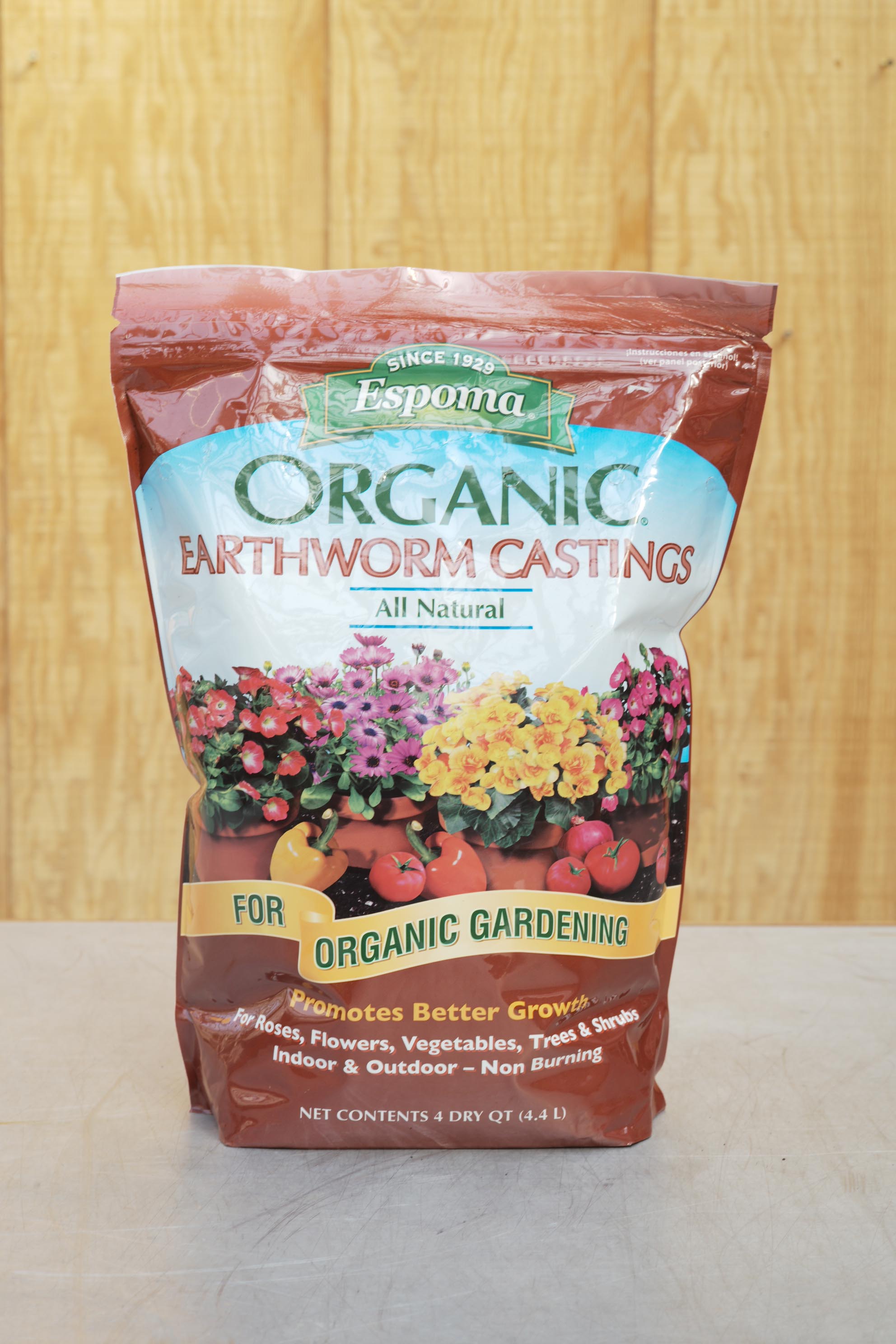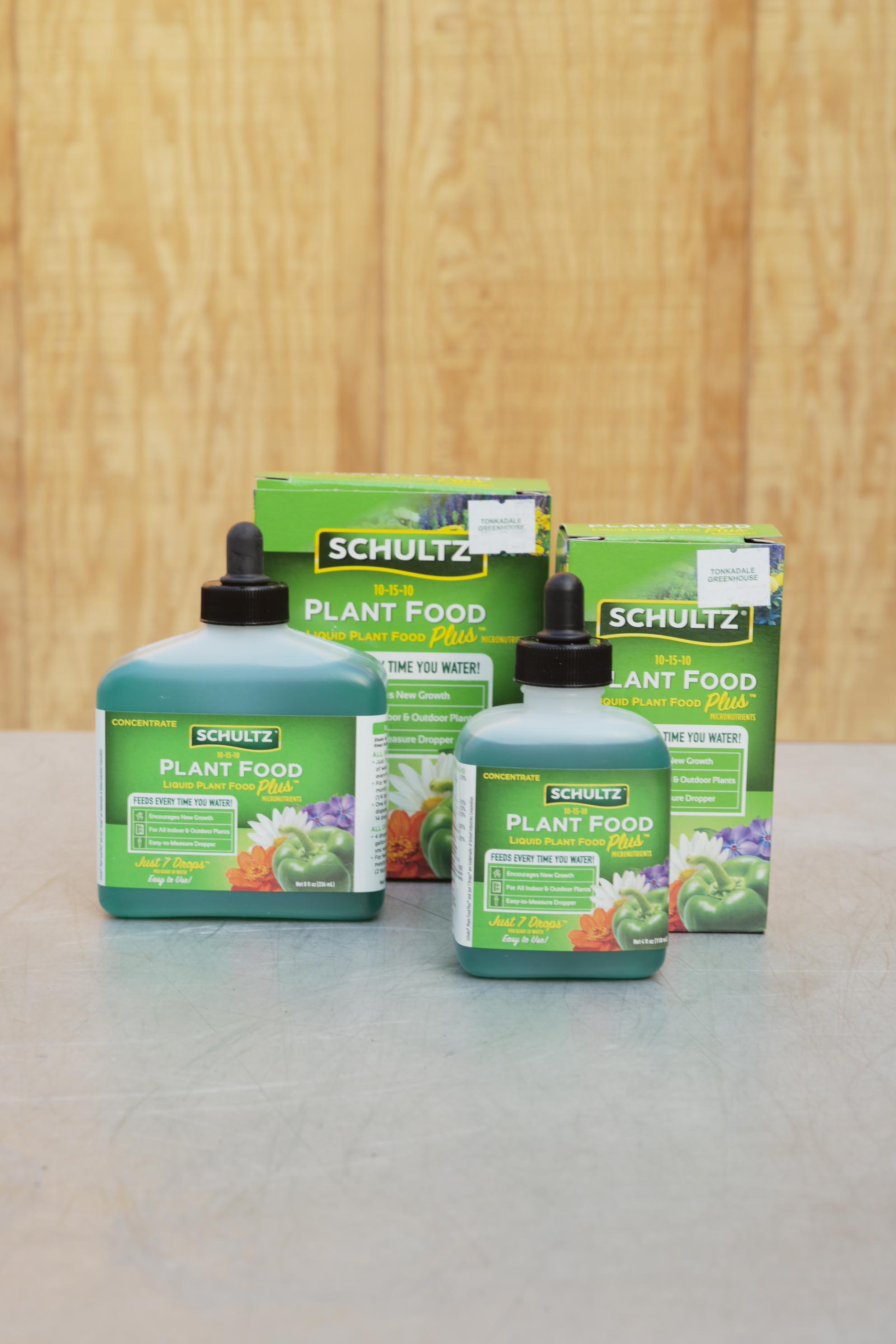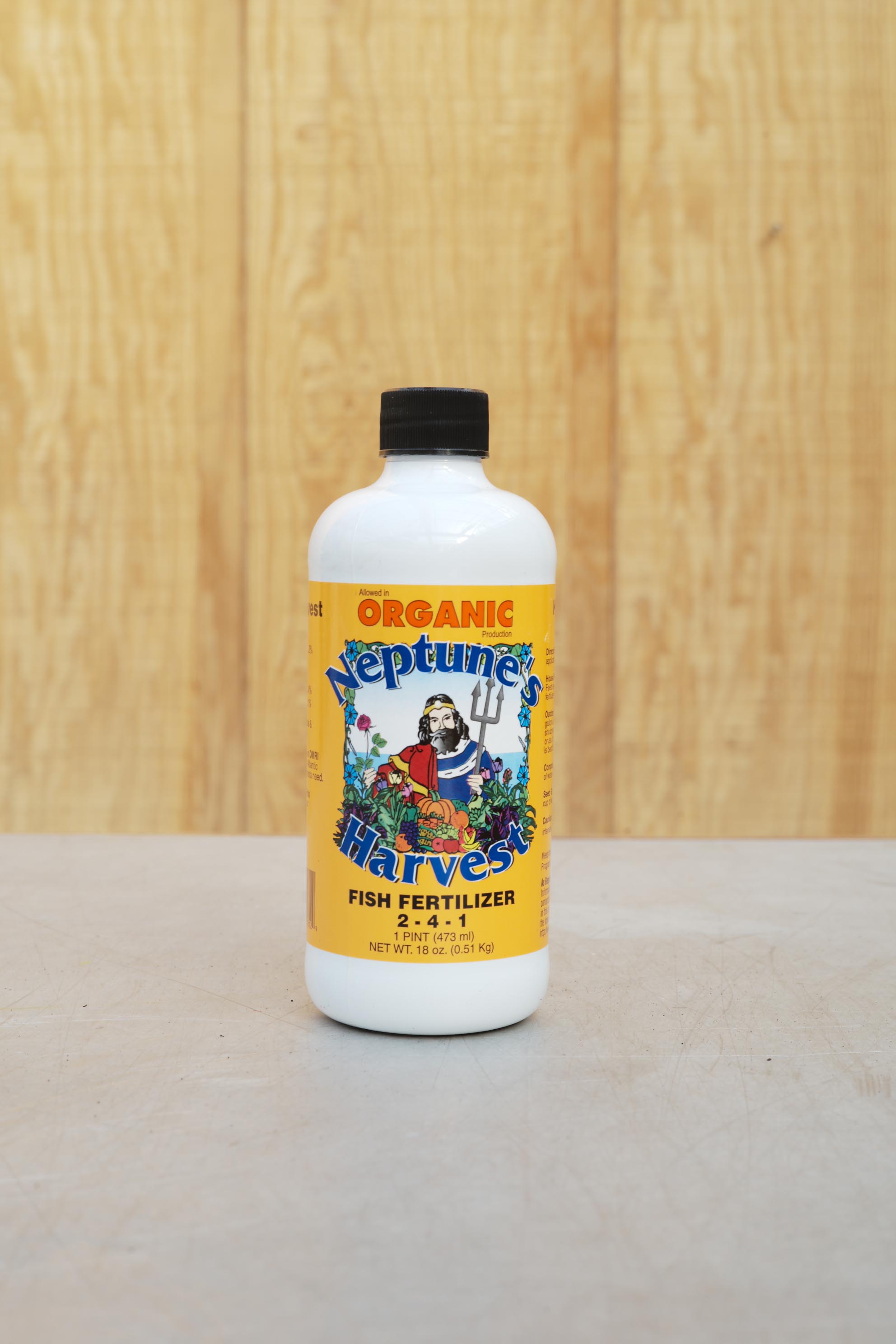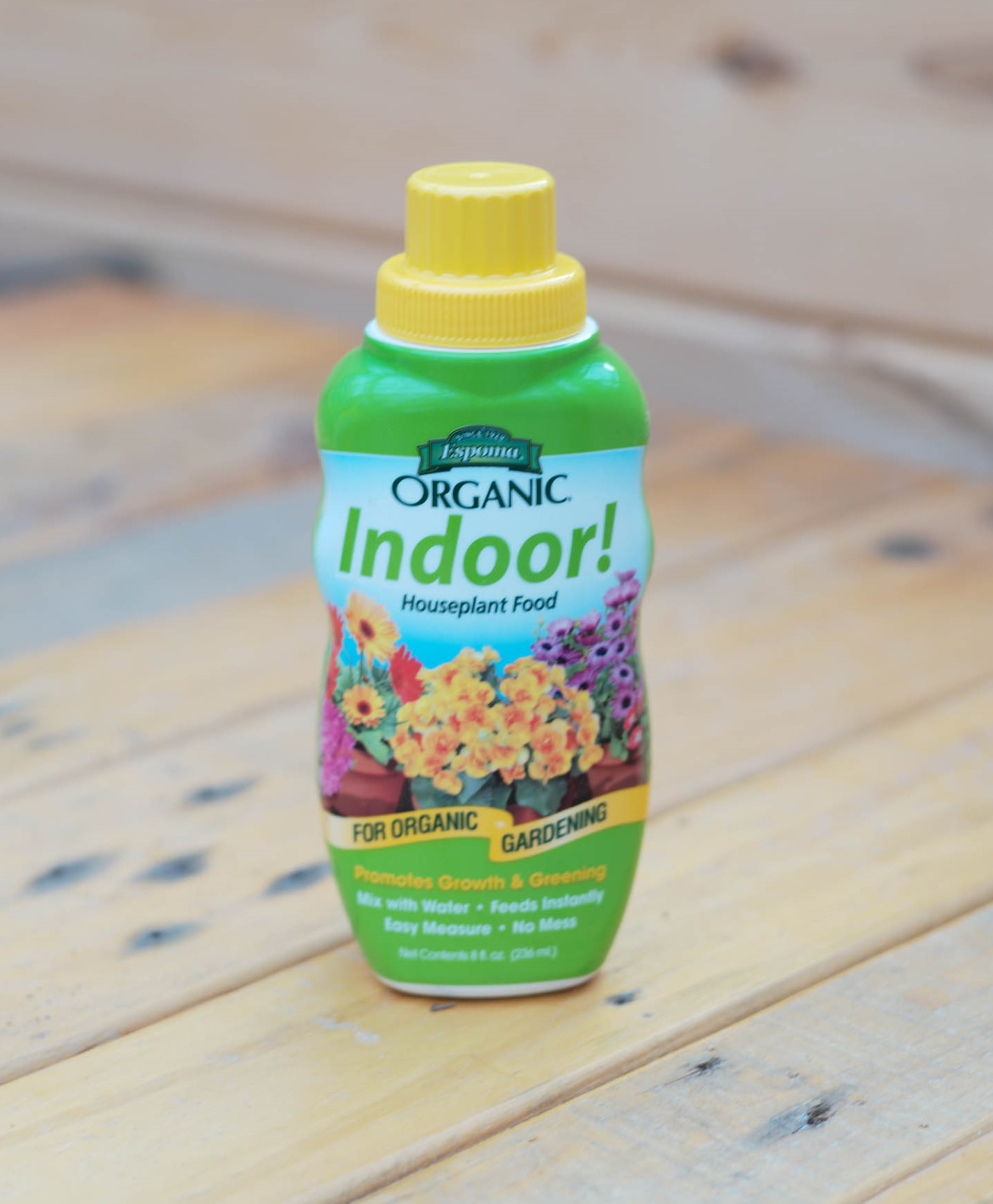Fertilizing Indoor Plants
Posted by Jessie Jacobson on Mar 12th 2021
Spring has sprung and your indoor plants are waking from their winter slumber. As the days get longer, and the sun gets shinier, it is time to start fertilizing indoor plants.
Here is how:
Fertilizer is a synthetic or natural additive used to increase the nutrient profile and fertility of soils, adding to the productivity of plants. Fertilizers contains macro nutrients includingg: Nitrogen, Phosphorus, and Potassium (that’s your N-P-K), as well as micro-nutrients such as: boron, chlorine, copper, iron, manganese, molybdenum and zinc. Let’s take a brief moment to learn about what each of these elements contributes to plant growth.
THE BIG 3
Nitrogen: responsible for vegetative growth and the building block for plant proteins.
Phosphorus: root, flower and fruit development.
Potassium: activates enzymes, important in plant resilience and overall plant function.
The Supporting Characters
Boron: important in sugar transport, cell division, and amino acid production. Ensures healthy cell growth and assists in the formation of pollen. A lack of boron may also stunt plant growth.
Chlorine: helps plants manage water stress and turgor regulation, disease resistance, and photosynthetic reactions.
Copper: plays an essential role as a catalyst, promoting chemical reactions without becoming a product of those reactions.
Iron: works as a catalyst in the formation of chlorophyll.
Manganese: another chlorophyll catalyst, manganese also helps regulate and activate several plant enzymes.
Molybdenum: helps plants use nitrogen and phosphorus.
Zinc: helps plants form proteins, starches, and growth hormones.
Science is cool! So what does this mean?
Simply, be aware of what your plants need. Fertilizer is just a piece of the puzzle when it comes to plant care. Fertilizer, when combined with healthy soil, lots of light, and a consistent watering schedule will set you up for plant parent success and even set you apart! However, over fertilization can lead to excessive salt build up in your soil which can be damaging to beneficial micro-organisms. Too much fertilizer can also promote excessive, lush green growth on top, leaving an insufficient root system behind.
It’s time to fertilize! Now what?
Simply re-potting plants into fresh soil will increase the nutritional profile available to plants. Over time, as soil is used and breaks down, this changes and fertilization is needed. There are several options available.

A gentle and even way to start fertilizing your plants this spring. Earthworm castings contain over 60 micronutrients and trace minerals and can act as a buffer when pH levels are too high or low. Humus in castings extracts toxins and harmful fungi and bacteria from soil. A great top dressing to fertilize indoor plants with or an additive to your everyday soil mix. Add about ¼” of worm casting to the surface of your soil and gently mix in.
Schultz All-Purpose Fertilizer

This is our top recommendation for watering most indoor plants. Just add 7 drops to every quart of water or 7 drops to your wine bottle watering device (wink, wink). A fast acting, synthetic liquid formulation.
Neptune’s Harvest Fish Fertilizer

The perfect organic fertilizer for indoor and outdoor plants. A little stinky, so consider adding a few drops of essential oil to your irrigation water. Use 1 Tablespoon per gallon on water.
Espoma Organic Indoor Housplant Food in 4 formulations

Use the Orchid, African Violet, and Cactus fertilizer for these plants as they have more specific fertilization needs. Higher amounts of phosphorus promote blooming in violets and orchids. Hot tip, orchid fertilizer is also great for hoya!
Spring forward and fertilize!

